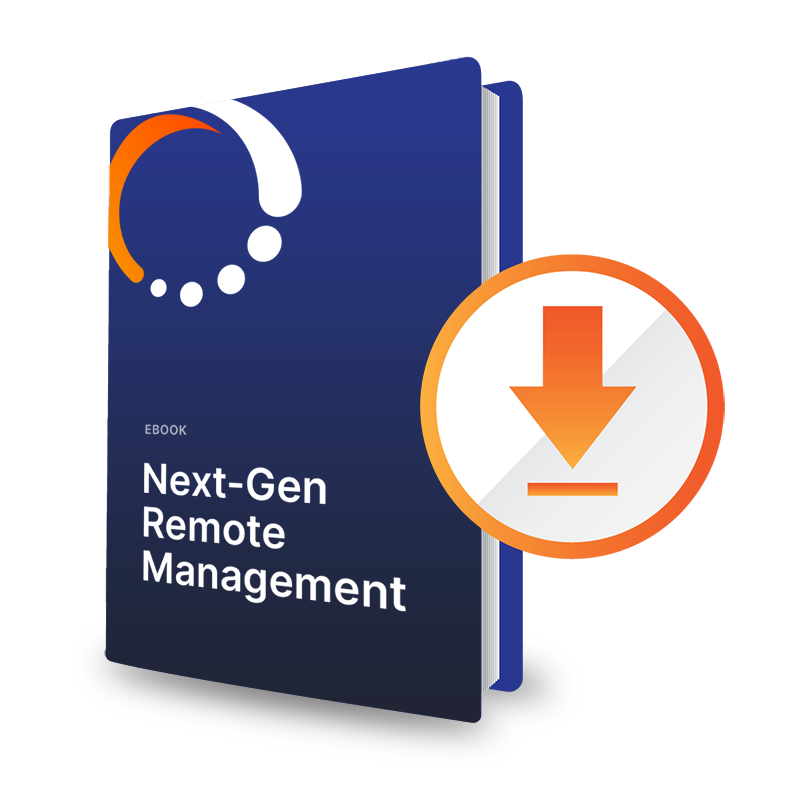5 Ways You Can Use the IoT to Extend and Improve Customer Experiences
Explore the ways that IoT solutions and other unattended devices are being used to improve customer experiences across retail.

You can think about the Internet of Things as really being the technology of data – collecting, analyzing and acting on data collected by sensors in consumer products, at the edges of industrial networks and in machinery and automation systems.
All this data is essential to your business by enabling digital twins, predictive maintenance, more efficient workflows, and a thousand other applications.
But you should also think about ways you can leverage your IoT to extend and improve the customer experience.
Sometimes it’s obvious how hardware solutions can be directly applied to customer experiences; at other times, it turns out that you can leverage these solutions in unexpected ways.
Here are five ways you can think about improving your customer experience:
1. Offer personalized experiences. The IoT can deliver personalized experiences and notifications to users. Regardless of whether you’re serving consumers or business customers, everyone increasingly expects products to be smart, aware, and personalized – and the IoT is the fuel that enables this.
For example, products can proactively advise customers when consumables are running low and make it easy to order more. IoT sensors can also anticipate equipment trouble and advise users when action or maintenance is required.
2. Automate tasks and activities. One of the most valuable takeaways many organizations find when analyzing data captured in their networks is ways to streamline processes and automate tasks that don’t need to be performed by humans, freeing workers to tackle more complex assignments.
That same spirit can be applied to customer experiences. For example, it’s possible to learn how users interact with your products and change default settings or optimize the way the product behaves.
If two settings are almost always applied simultaneously, make that the default for most users. Or if your product is frequently used with another IoT device, develop automation to help them work together more efficiently – or even automatically – which streamlines the user’s overall experience.
3. Increase transparency with real-time information. If you are using the IoT to collect data about your products and customers, why not share relevant data with your customers?
There’s a huge variety of data that could be of interest to your product’s users – everything from inventory delivery information to product performance and upcoming maintenance.
You may even be capturing data about how the product is being used that you can summarize and deliver back to the user in a way that might help them work more efficiently or implement beat practices.
4. Learn and improve over time. Thanks to IoT, it’s no longer a forgone conclusion that your products which have been sold and released into the wild will become veritable orphans, never to be seen again.
Now, many products can be embedded with sensors and connectivity, so you can stay informed not just about how the product is performing, but also about how the user interacts with it.
That’s a lot of potential data to work with. You can use it to change the user experience, improve the interface, streamline complicated workflows, and promote capabilities that have proven unexpectedly popular with some segments of your user base.
In other words, you can learn how your products are actually used and then improve the product with a wireless update. Customers won’t have to wait for next year’s version, because you can push improvements directly to existing products in the field.
5. Extend the capabilities of your products based on customer demand. Finally, not only can you use the data you collect from products in the field to improve the way they work, but you can leverage that information – and your ability to communicate remotely with your products – to deploy completely new capabilities or launch new lines of business without replacing those products.
Again, IoT technology gives you the ability to improve your products and services without retooling for a new iteration of your product, because you have the ability to push updates to your products that address features your data suggests is important to users.













